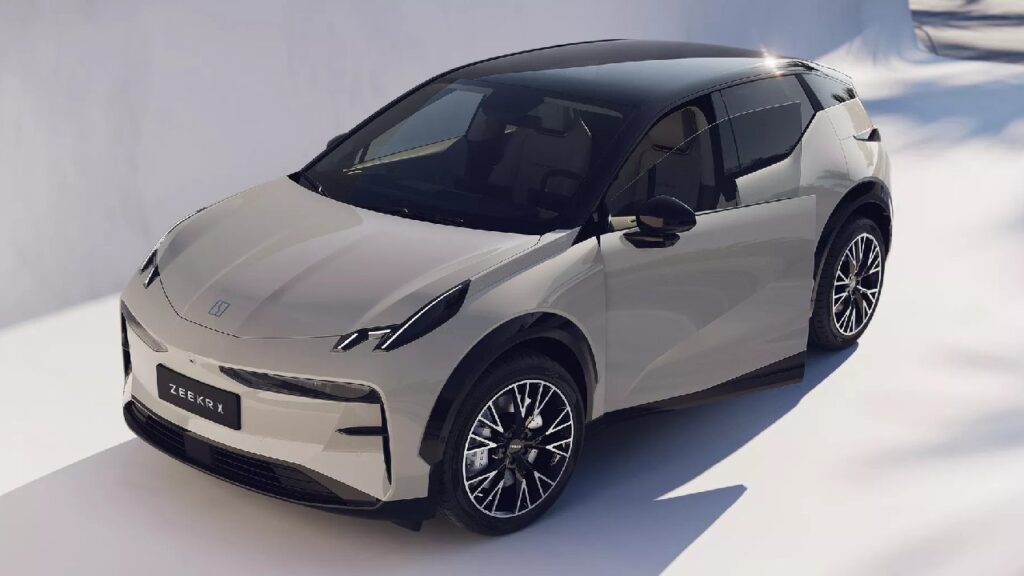How Larger Tires Affect EV Range and Performance
Larger alloy wheels and tire sizes have an aesthetic appeal that a lot of car buyers enjoy but there are practical disadvantages to it. We are sure you must’ve heard that installing larger tires on your EV has signficant influence on the range and performance. Knowing the importance of choosing the right tire is anyway important, but it becomes even more critical with electric cars where range of the prime concern. Range anxiety continues to plague the mass adoption of electric cars, in addition to a lot of other factors. That is why it is of paramount importance that one optimizes the parameters that are in your hands. That is where the right tire size comes into the picture. You might also like: Top 5 Tips To Save / Earn Money From EV Charging Effects of Larger Tires on EV Range Larger tires are generally of two types – bigger diameter or broader width. The latter is known as low-profile tires which we witness on performance cars often. The reason is quite simple – broader width means a larger area of contact with the ground, resulting in better grip and traction, especially under hard acceleration and around the corners. Also, tires with bigger diameter mostly are low-profile tires, but it is not necessarily always the case. Now, the drag coefficient of resistance of an electric car depends on the frontal area of the car, in addition to many other factors. When the tires are broader, the frontal area of the car increases, increasing the resistance to motion. Hence, more energy is needed to move the EV. Also, larger tires are heavier. This means that more sprung mass is added for the powertrain to pull. Hence, the range is reduced and so is the performance. You might also like: How to Maximize EV Driving Range – Tips & Strategies Tesla Model 3 – 19″ vs 18″ Wheels For Tesla Model 3 Long Range version, the official EPA-estimated range with 19″ wheels is 315 mi, whereas, with 18″ wheels, it is 333 mi. This is a difference of around 5% just because of the tire size. When you are perilously low on juice on a highway, a difference of 18 mi could be a lot. EV vs Non-EV Tires Another relevant aspect while going for new tires is whether or not these are designed for EVs. One might think of saving some dollars by getting a similar-looking non-EV tire. Well, there are tiny details when it comes to tires that most car owners can easily overlook. That could lead to a significant altercation to some aspects of your car. These include things like tire noise, durability, rolling resistance, efficiency, performance, braking and more. Remember, there is no such thing as a perfect tire. You might also like: 5 Unique Features on Jeep Avenger You Might Not Know About There are always trade-offs. The carmaker chooses the right tire size after a lot of research to strike a balance between all aforementioned factors. Therefore, sticking to the OE tire might be the best option. Alternatively, you must approach a professional and understand the pros and cons, in case you wish to get new tires. Having trade-offs is not necessarily a bad thing if you are willing to make that compromise.










